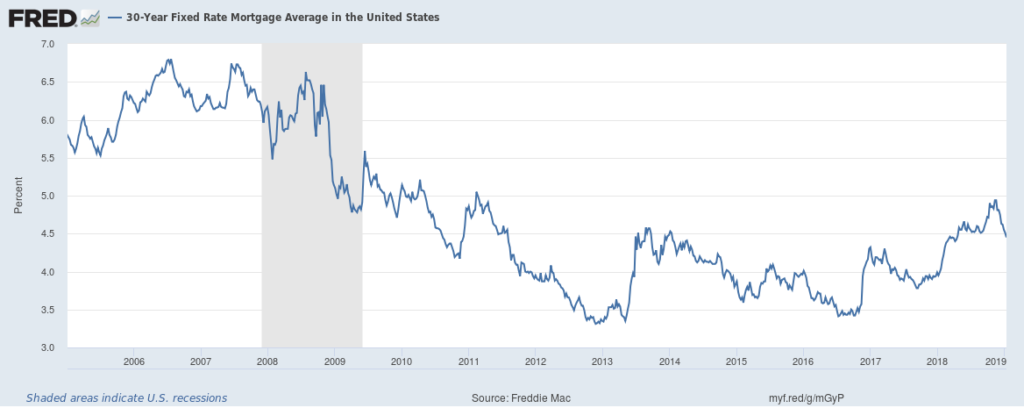I can’t tell you how many times I have heard people say, “We are headed towards a bubble!” The news frenzy, and 2007 heartache is making some people nervous when it comes to making a real estate investment now. And my question is, WHY? Prices are still affordable, and interest rates low. And naturally, in the last 14 years since the “bubble of 2005/2006”, with the rate of inflation, prices would be back up. So, what data do they have to support that we are in a bubble? In my opinion, none. In fact, if you look at the trends, it appears we are headed towards a balanced market.
This writing is specific to the Phoenix metro housing market, and has no commentary on the national housing market.
For the past 3 years, it has been a sellers market. A sellers market can occur even in a down turn, so just because it’s a seller’s market, doesn’t mean we’re heading towards a bubble. In 2011, when there was an abundance of foreclosures and large segment of investment buyers, it was a seller’s market, but it also seemed like a risky market at the time.
The projection for 2019, is that buyers will begin to have more power to negotiate price, repairs and concessions.
What to expect in 2019:
- Flip investor activity to decline (typical in a more balanced market)
- Lending practices to loosen up
- Fewer sales due to fewer flips, and less motivation for direct buyers
- Sales prices rising at a slower rate and more price reductions
Inbound relocation from California, and Cook County (Greater Chicago area), is a key factor in the Phoenix housing market solidity. Despite politics, and the consumer sentiment, people continue to move to Phoenix because it’s a great place to live. This will remain a constant. It is estimated that more than 60,000 people from LA County alone will move to Phoenix this year. That’s approximately 165 people per day! We await 2018 data, but for 2017, Phoenix was the second fastest growing city in the nation. Scottsdale has been ranked the best city for jobs in the U.S. for 2019.
A key indicator is builder permits. We don’t see any slowing down of builder’s expansion in Phoenix and the booming cities in the outskirts.
Foreclosures add inventory to the market, and we do not estimate any uptick in foreclosure activity, due to the additional lending regulation spurred from the 2005/2006 bubble. This means, that since buyers were well qualified for their home loans, it’s less likely they will default and go into foreclosure.
The most notable price increases we are seeing are at the affordable price points under $250,000, we see a more significant appreciation for these properties. In part, because there are more people who can afford a loan for these properties, driving up price. Supply is still below the normal level.
We have seen fewer homes going under contract as January 2019 begins, but it is estimated that’s a fall off from a slower 2018 Q4. Heading into a balanced market gives the buyer’s a little more negotiating power for the first time in several years.
Interest rates are still low, the higher the interest rate, the more expensive your loan is. If you look at the chart below from Freddie Mac economic data, it shows interest rates were up to 6%+ during the bubble. As of this writing, today’s interest rate 1-17-2019 is 4.30% for a 30-year fixed. As interest rates go up (estimated at approx a .5% total increase this year), the cost of your home will be not as relevant as your increased interest rate which affects your buying power and monthly payment. I know it’s my job to sell homes, but still, honestly, it’s a good time to buy at these low interest rates.
With the growth of the Phoenix/Scottsdale population, additional job opportunities and consistent affordability factor, we don’t see slowing down of the housing market here in the Greater Phoenix metro.

